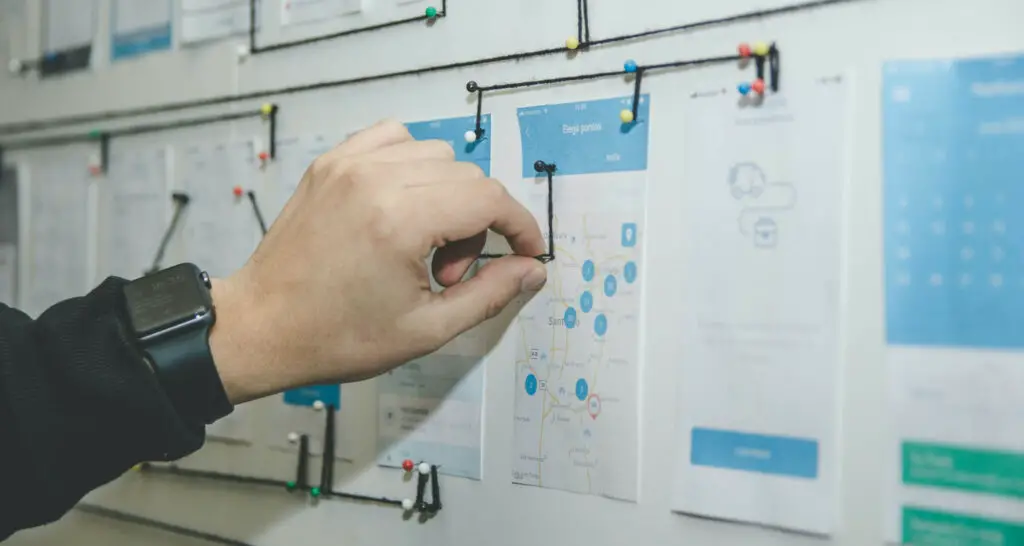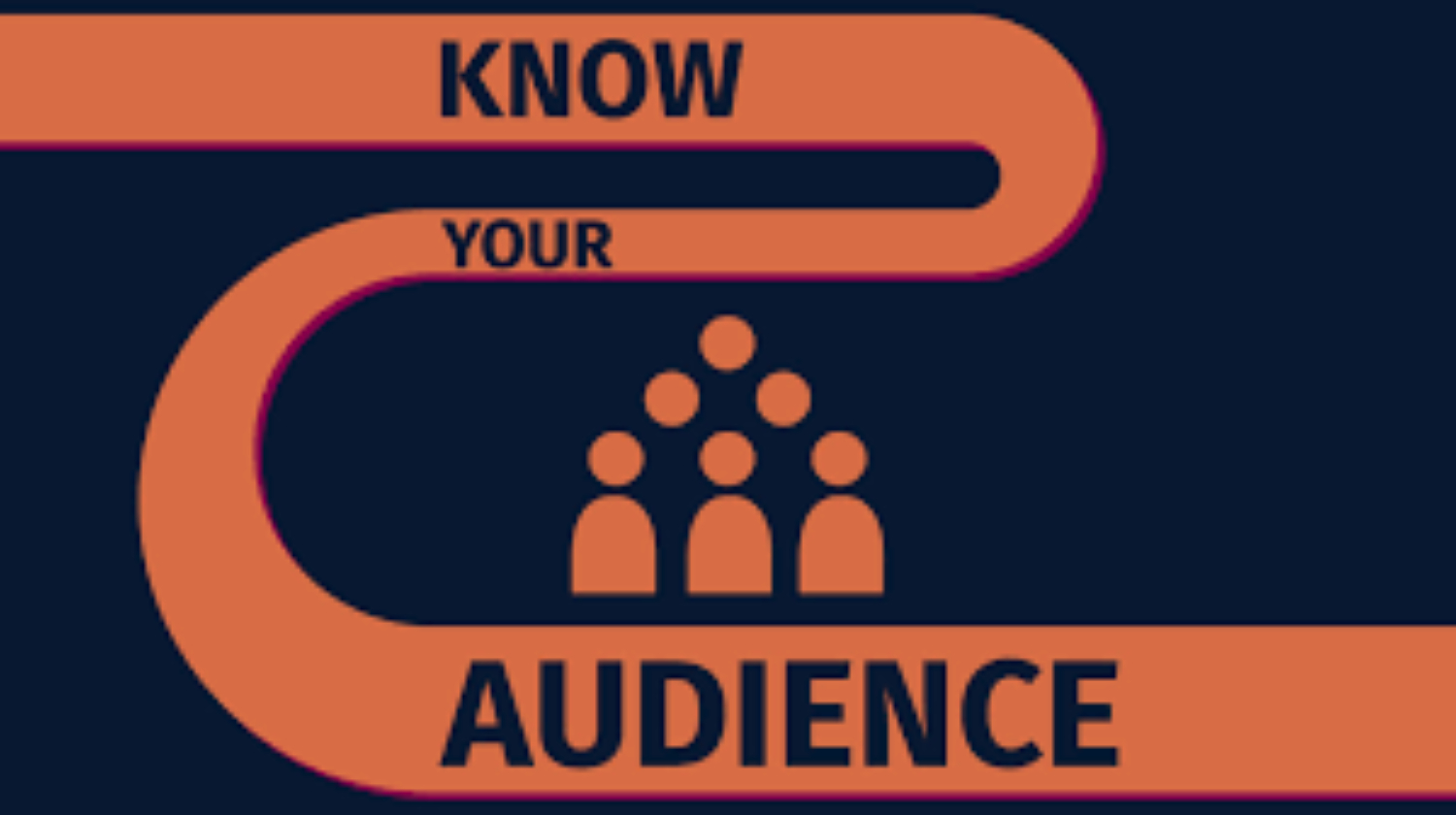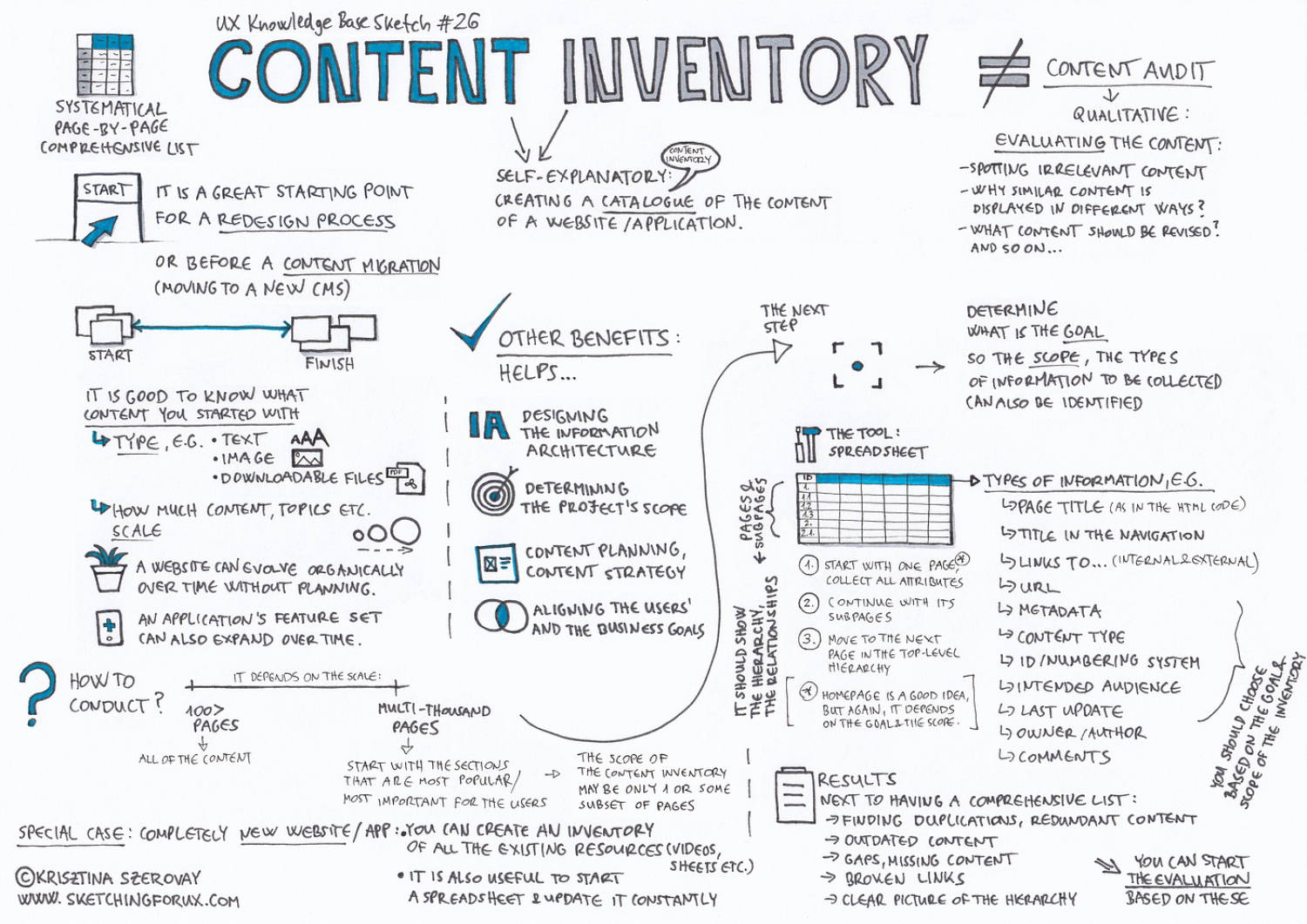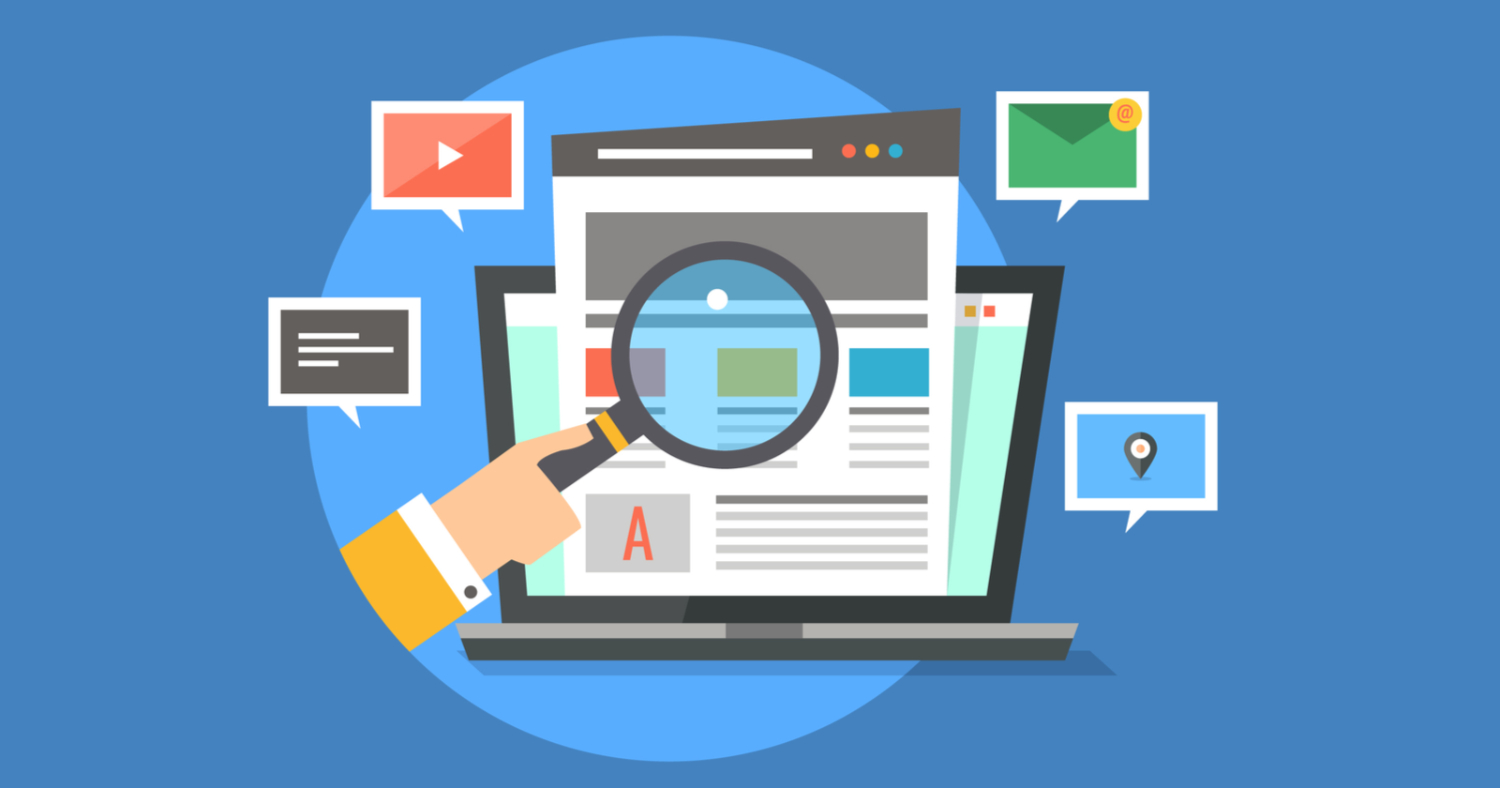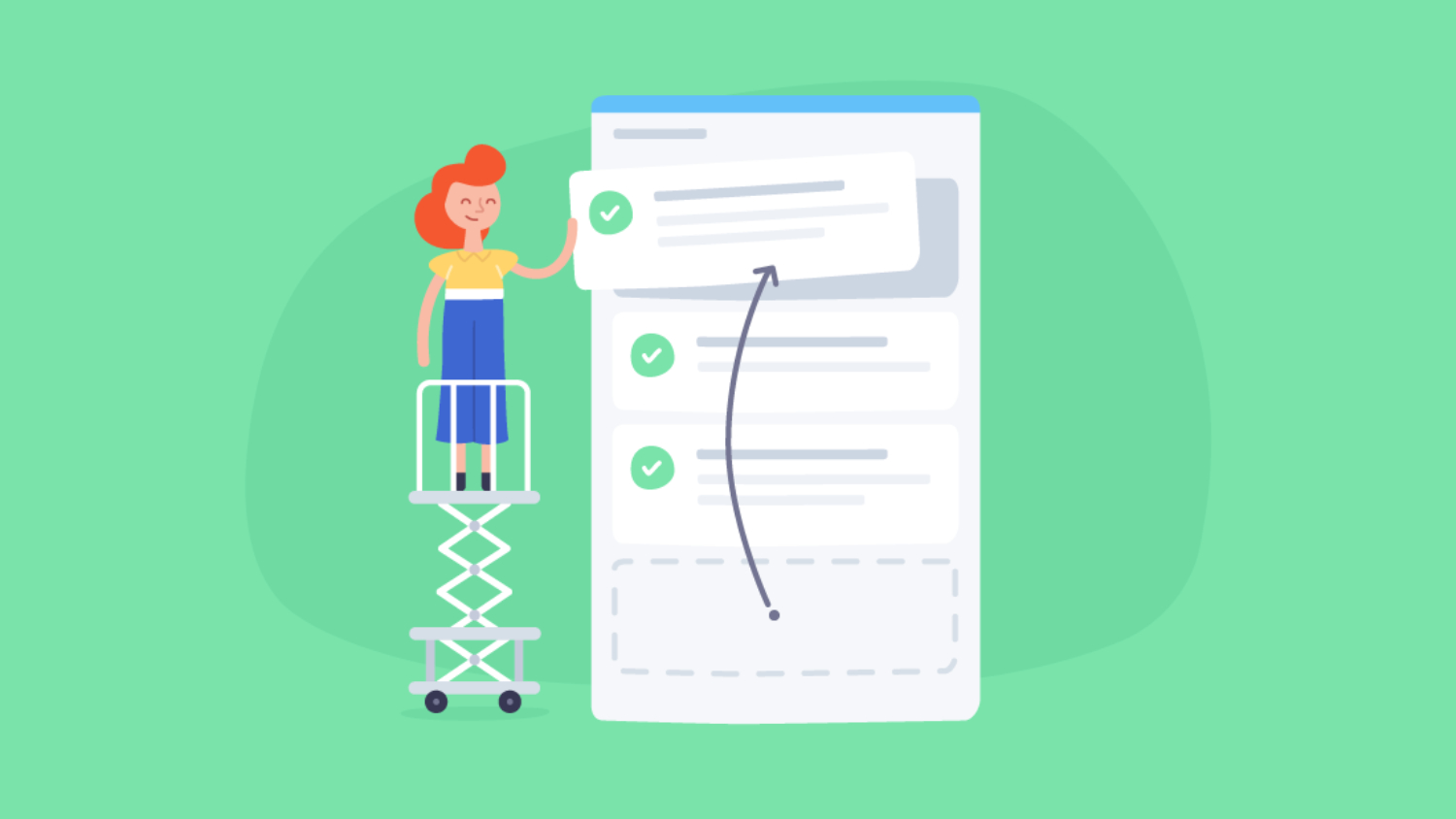A content map is a crucial tool to use when developing a successful content marketing plan because it can assist you in achieving your objectives.
A content map shows your target audience, current content, gaps, and ideas for future content as a visual representation of your content strategy. It’s a framework that directs your content marketing initiatives. Therefore, it ensures you distribute the appropriate information to the relevant audience at the proper time.
A content map for companies of all sizes is essential since it may help boost website traffic, raise your search engine rankings, and engage your audience. After reading this article, the reader will comprehend the significance of a content map in SEO.
Content Map: Understanding Your Audience
You must identify your target audience before you can create a content map. You must be aware of the identities, goals, and online personas. To do this, you could,
Create buyer personas for your ideal clients to help you identify your target market.
These personas should contain data about demographics, problems, objectives, and interests. Conduct audience research by Using surveys, focus groups, and social media listening techniques to gain greater insight into your target audience’s behaviors, preferences, and points of view.
Consumer data analysis tracks the visitor’s behavior on your website, including searches made, pages seen, and time spent there. You can use this information to find content subjects that appeal to your audience.
Creating a Content Inventory
After having a solid understanding of your target market, you should create a content inventory. A complete record of all the content you’ve produced, including blog entries, videos, infographics, social media postings, and more, is called a content inventory.
You can create a content inventory by determining the current content to identify all the content on your website, including pages and blog posts, using tools like Google Analytics, SEMrush, or Ahrefs.
We can sort content according to topic and style. To determine which subjects need an addressee and which ones require more attention, group your information by topic and format.
Similarly, you can analyze the success of the content by gauging the efficacy and using metrics like page visits, time on page, and engagement rates.
Identifying Content Gaps
It’s time to find content gaps after you have a complete picture of your current material. Topics that your audience is interested in but needs to be in your existing fabric, as in content gaps. Identifying content gaps can be done by:
Find subjects that need coverage in the current content: Examine your audience research to find themes that interest your audience and cover your existing material.
You must determine the content format for improvement: The content forms your audience wants but need to be covered by your current material should be identified.
A content gap exists if your audience loves video material, but you don’t have any on your website. Consider the various customer journey stages and pinpoint any content gaps. A content gap would exist, for instance, if you needed to have content that addressed the problems that clients were having throughout the contemplation stage.
Prioritizing Content Ideas
Prioritizing content ideas is necessary after identifying content gaps. Producing content that impacts your audience and business most should be your priority.
To rank your content ideas, you can:
Examine the potential effects of content concepts.
Consider each content idea’s potential influence on traffic, engagement, and conversions.
A topic that matters more to your audience will attract more traffic and conversation than one that doesn’t eventually.
Determining essential content ideas involves considering your company’s goals and audience’s needs. Consider your company’s objectives as well as the needs of your audience when ranking content ideas. You must produce material that highlights the advantages of a product if your company wants to boost sales of that product.
Prioritize content ideas that balance short-term satisfaction and long-term content goals to identify short-term victories and long-term content goals.
In contrast to long-term content goals, quick wins are content ideas that execute quickly and have an immediate impact. That may take more time and effort but have a more significant impact over time effectively.
Setting Up a Content Calendar
It’s time to construct a content timetable after prioritizing your content ideas. A program for writing and distributing material, known as a content calendar. Also, Ensures that you consistently provide your audience with high-quality information.
You can plan a schedule for publishing new content by determining how frequently you want to do so and creating a calendar for its distribution.
When creating a content schedule, it is essential to account for the time and resources required to generate each content item. Hence, Assigning team workers or independent freelancers to create content can help ensure that the material is on schedule and that everyone involved knows their responsibilities during production.
We can look at how content will perform alongside other marketing strategies, like advertising, email marketing, and social media. Doing this can improve your brand’s communication and ensure your audience sees your content on various channels.
FAQs
What is a Content Map?
The target market, existing content, content gaps, and prospective new content ideas for a company are all displayed graphically on a content map. It guides a business' content marketing efforts and ensures that the pertinent material is given to the right audiences at the right times.
Why is a content map crucial for SEO?
A content map is essential for SEO because it enables businesses to create user- and search-engine-friendly content. By identifying content gaps and prioritizing content ideas, businesses may create material that ranks well in search engines and boosts traffic to their website.
What are some resources for making a content map?
Businesses can create a content map using various technologies such as social media listening tools, Google Analytics, SEMrush, and Ahrefs. These resources can aid organizations in locating current content, assessing its efficacy, doing audience research, and identifying content gaps.
How often should a content map be updated?
Depending on the objectives and demands of the company, a content map should be updated regularly. When the company's target demographic, content strategy or marketing objectives significantly change, evaluating and updating the content map at least once a year is a good idea.
Conclusion
An efficient content marketing plan requires a content map, a crucial tool for companies of all sizes. You can ensure that you deliver high-quality content to your audience that fulfills their needs and generates business benefits by knowing your audience, developing a content inventory, detecting content gaps, prioritizing content ideas, and creating a content schedule.
Also, Always approach content mapping methodically and organizationally to prevent feeling overwhelmed and maximize your efforts.
See also: Tools for seo

